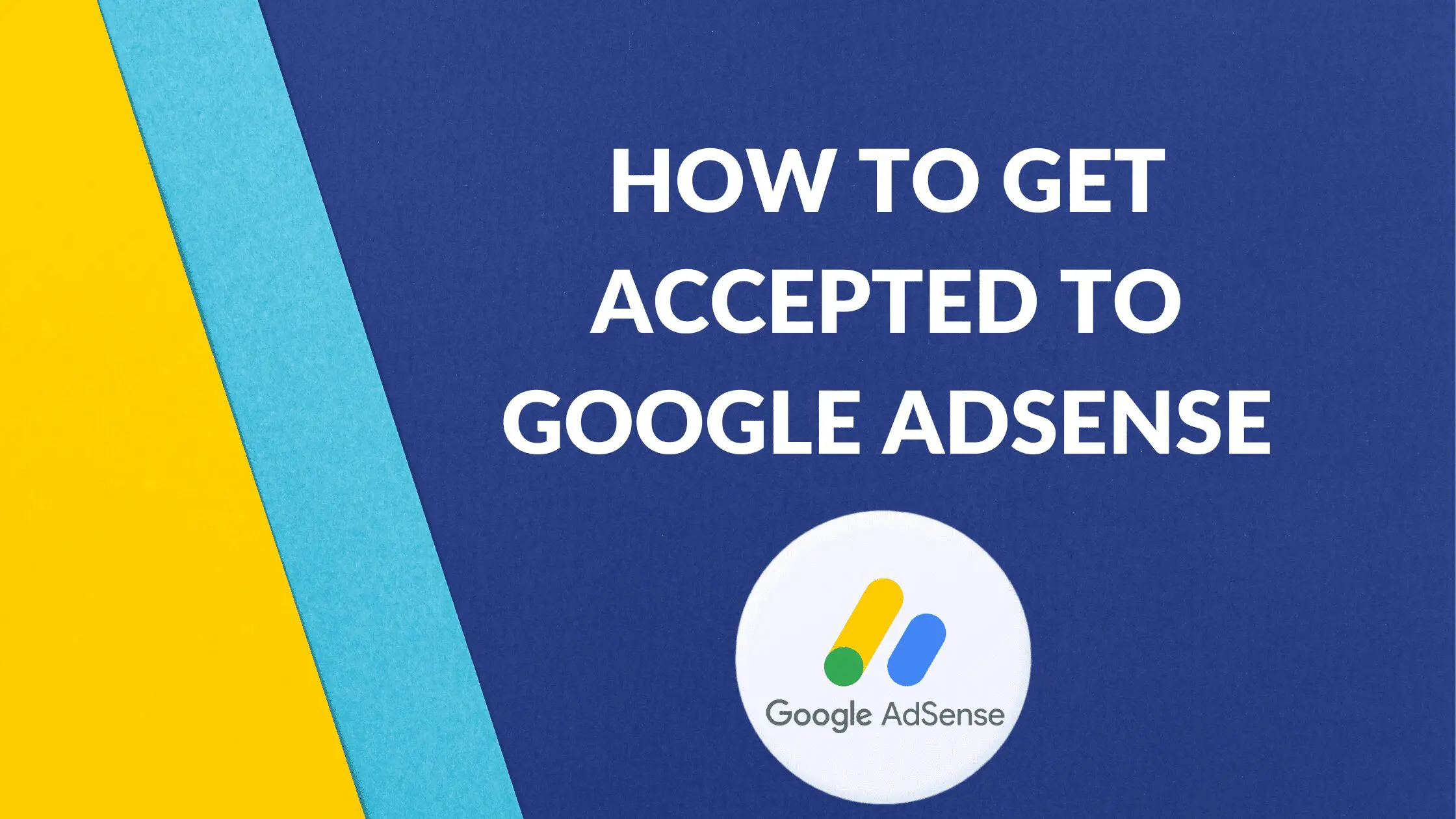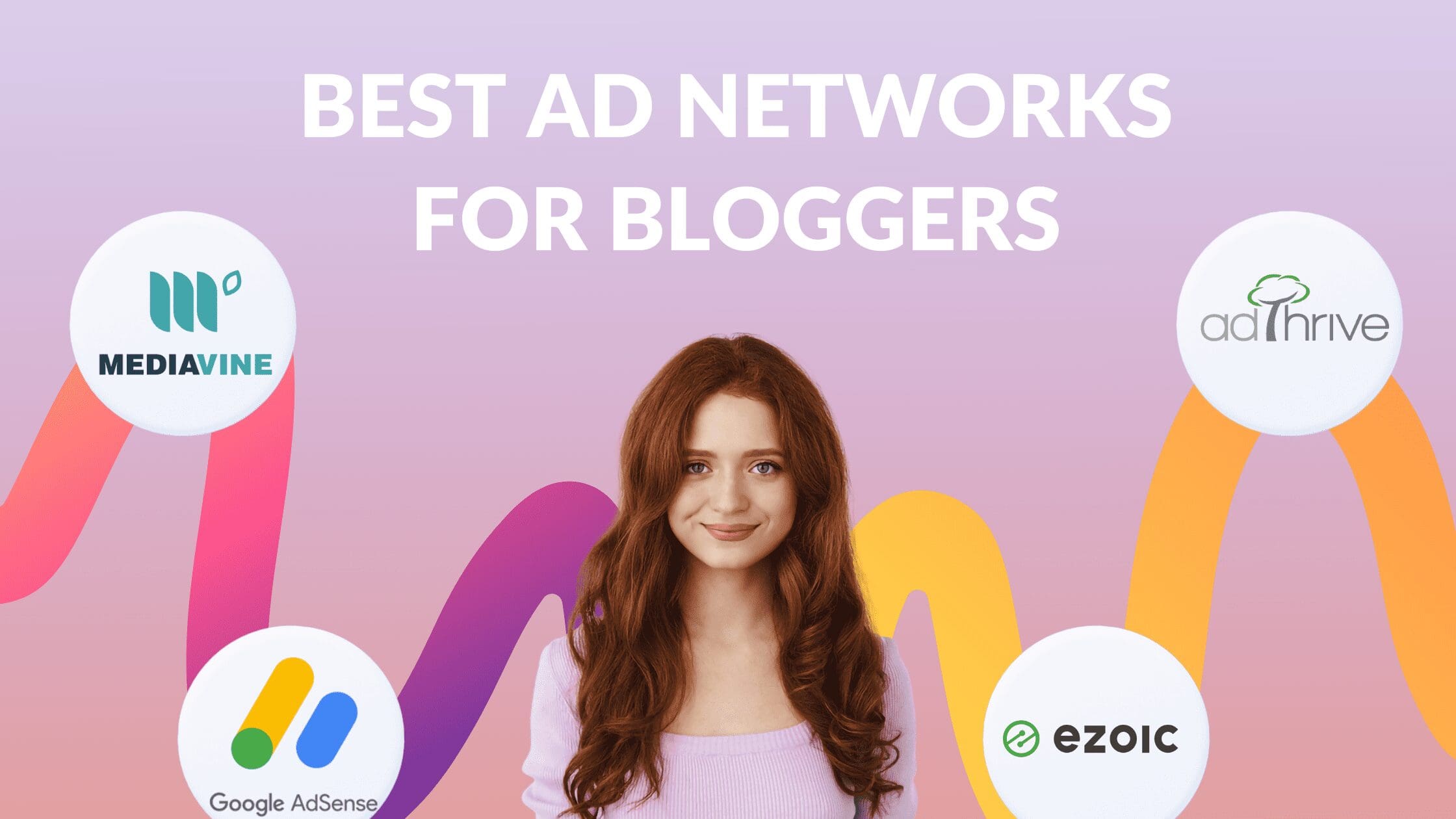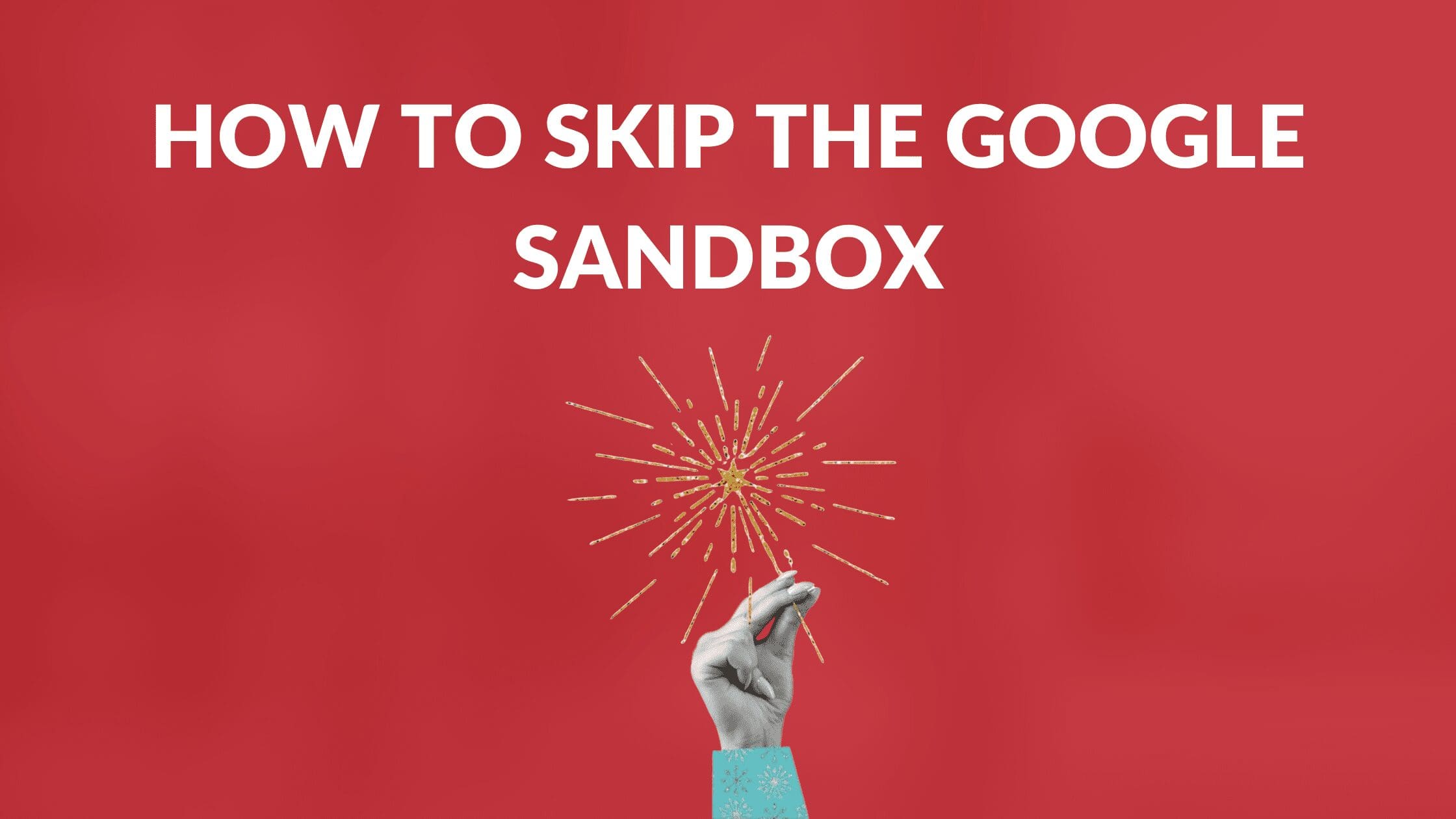Common Reasons Your AdSense Application Was Rejected

Written by Casey Botticello
Disclosure: Some of the links below are affiliate links, meaning that at no additional cost to you, I will receive a commission if you click through and make a purchase. Read our full affiliate disclosure here.
AdSense just got back to you with some bad news. They turned you down. No display ads revenue from your website. How could it be? Joining AdSense was supposed to be easy!
Well, it is. AdSense lets you register for the network – for free – and can have you up and running with display ads in hours, but sometimes they turn down applicants who want to join. So why was your application rejected?
Let’s find out.
AdSense works with millions of websites, paying them to display ads on their web pages. The program is one of the biggest around, and publishers and website owners ranging from bloggers to big businesses, large and small, apply every day to join up and start earning.
The network isn’t fussy about who joins, so long as you meet simple guidelines and criteria. But rules are rules, and AdSense can sometimes decide not to let someone participate. But why didn’t you get accepted by AdSense? And what can you do if you get rejected?
This article looks at some of the common reasons your AdSense application was rejected. From issues with your website to content and policy-related challenges, there are a few possible reasons for AdSense rejection of applications to consider.
Advertising on AdSense
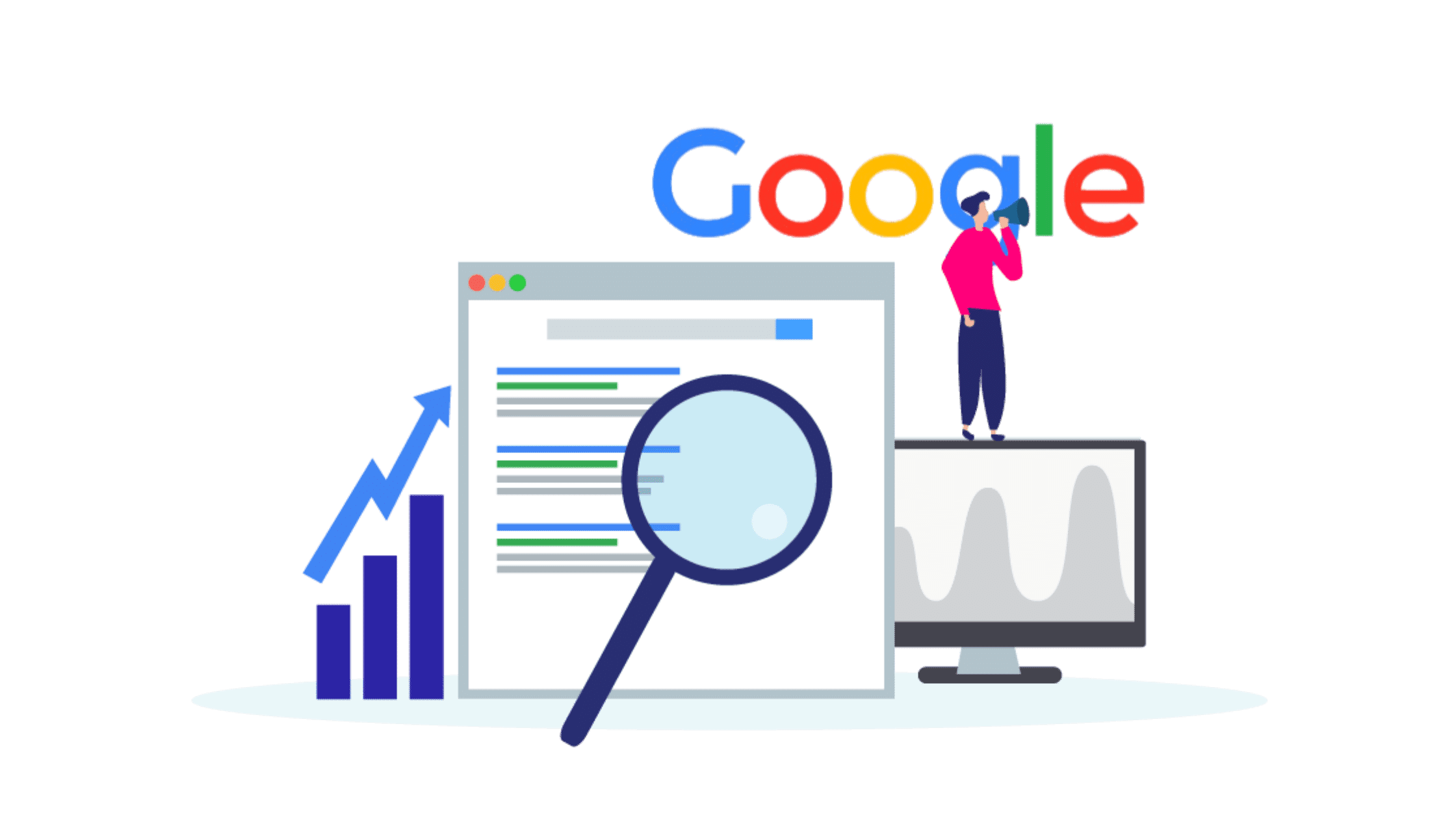
Before we get into the common reasons your AdSense application was rejected, let’s quickly recap what AdSense is all about and why you applied in the first place. Check out this fantastic AdSense overview.
Welcome to the Google Display Network
There are more than 35 million advertisers using Google Ads, driving their marketing content to over 200 million publisher websites and apps (including videos) via AdSense. This interconnected network is called the Google Display Network. It reaches 90% of global internet users and is responsible for $224 billion in revenue – that’s nearly 80% of Alphabet’s total annual revenue.
AdSense vs. Google Ads
So, you’re probably wondering what the difference is between AdSense and Google Ads. Glad you asked. One is a product for advertisers, and the other is aimed at publishers – like you.
- AdSense is a display advertising program that is part of the Google Ad Network. The platform enables publishers and website owners to earn money for advertising the ad network’s clients’ products, brands, and services on their websites.
- Google Ads is for advertisers who want to advertise their products or services on other peoples’ digital properties – on their websites, in their videos or across their apps.
The Google Display Network manages both of these products, connecting brands, companies, and people who want to pay to advertise with the website owners, bloggers, and publishers who want to earn money for advertising for them.
Why AdSense is So Popular

These ads can be image, text, video, or interactive-based, and publishers simply need to offer some of their website real estate up for advertising. Once these ads are running, publishers earn money for impressions, page views, clicks, and conversions.
A One-Stop-Ads-Shop
AdSense manages everything. From choosing which ads are most relevant for different websites, designing, uploading, and maintaining them, to paying AdSense publishers and, of course, vetting applicants, AdSense takes care of the whole process.
Anyone can participate in the program, and AdSense is known for how easy it is to start monetizing through display advertising. With so many businesses, brands, and people paying to run ads via Google, there’s never a shortage of ad content in need of a webpage to display it.
However, in 2022 Google made it a little more difficult to get approved for the network, leading to more reasons for AdSense rejection being added to the list, though it still is quite straightforward.
Applying to AdSense

Applying to AdSense is simple. The network has made it very easy to apply, and it can take only a few days to get approved. Here’s a quick overview of the process:
- Sign up for AdSense.
- Complete the application.
- You’ll receive an AdSense code to add to your site or blog. Blank ads will then appear on your site.
- Wait for 2- 7 days for AdSense to review your application.
- If approved, you’ll have to verify your identity, provide all the relevant information to Google and start advertising.
Check out this comprehensive guide on how to apply and get accepted by AdSense.
But some people get stuck at step 4, not receiving approval and facing rejection. This could be for any number of reasons. However, Google cites duplicate applications as the main cause of rejection. If, however, you were turned down for something else, read on to learn about the most common reasons your AdSense application was rejected.
Reasons AdSense Rejected Your Application

Sometimes, you’ll know immediately why your application was rejected and can get to work fixing things. But more often than not, applicants are left in the dark as to why they cannot join the program, making it difficult to understand how to reapply successfully.
We’ve listed some of the most common reasons your AdSense application was rejected and provided some “fixes” that won’t magically turn you into a successful applicant but will help you get back on track. Remember, you may have been rejected for more than one reason – so here’s a list of AdSense’s program policies for you to review.
Blog Website Reasons for AdSense Rejection
These reasons for an unsuccessful AdSense application center around the technical aspects of your blog or website. Many of them can’t necessarily be eliminated immediately, but correcting them is vital to your next application succeeding.
Website Issues

These reasons for an unsuccessful AdSense application center around the technical aspects of your blog or website. Many of them can’t necessarily be eliminated immediately, but correcting them is vital to your next application succeeding.
1. Non-Organic Traffic to Your Site
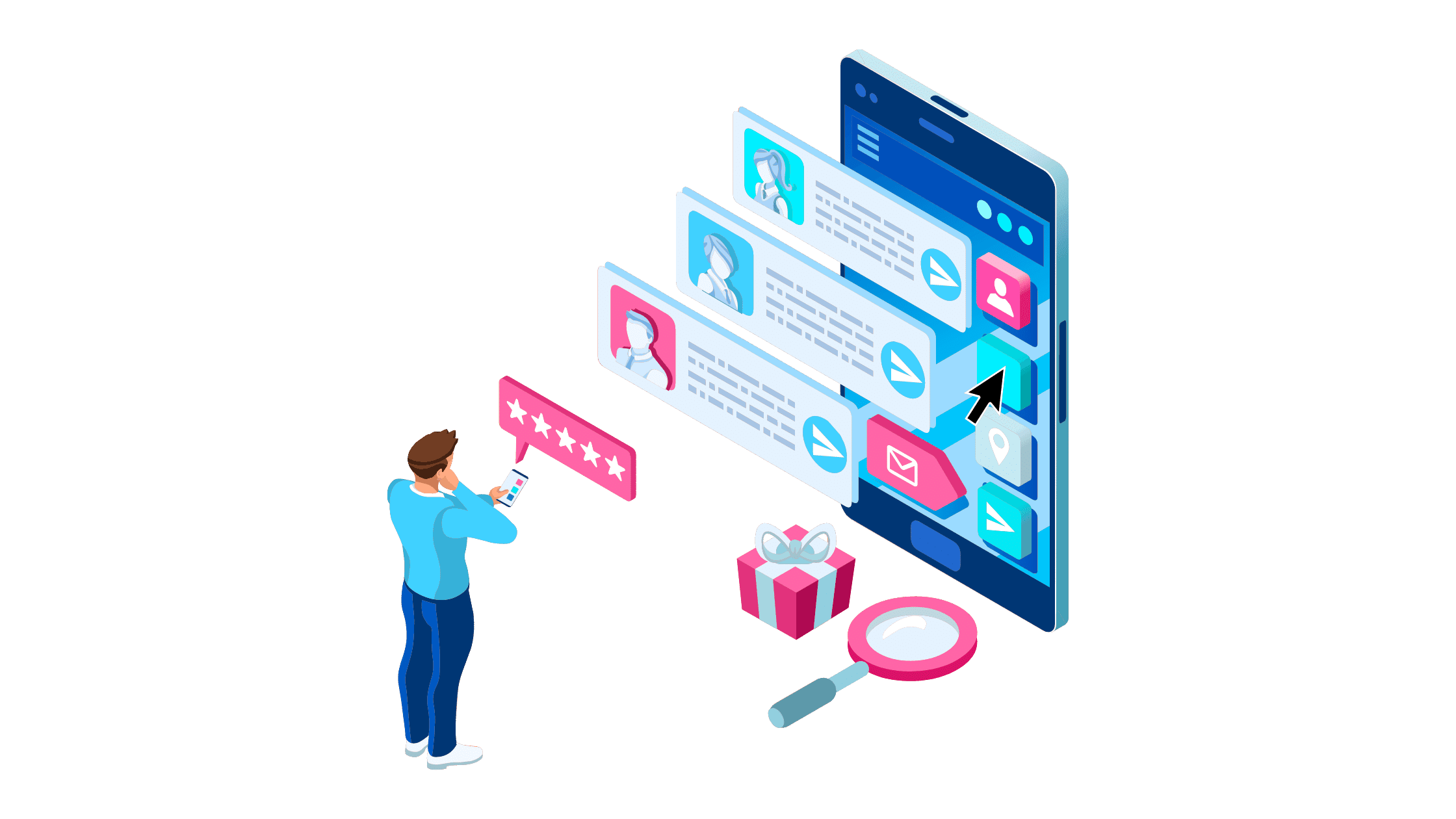
If your website receives virtually no organic traffic or all of the traffic it does get comes directly from a non-organic source (like through external advertising or direct coercion), you’re not getting into the program. Google wants sites that attract visitors naturally via search, referrals, and quality backlinks.
Fix: Start attracting traffic by optimizing your SEO so that search engines can find you.
2. No Privacy Policy, About Page, Contact Page

Google requires that all websites provide basic information for all visitors to view and access. This includes listing a privacy policy outlining what you do with your users’ data, an about page providing basic information on your website or blog, and contact details like an email address or contact number.
Fix: Add these crucial pages to your blog or website immediately. It won’t take long – here’s a typical privacy policy you can use to get started.
3. Poor Site Navigability

There’s nothing worse than a website that is difficult to navigate. Whether it’s a lack of menu buttons, an incoherent site structure, or just bad design, AdSense won’t advertise on sites with bad navigability.
Fix: Reconfigure your website’s structure and optimize navigation buttons and menus. Improving the overall design of your site is a good idea too.
4. Bad Hosting Service & Too Much Downtime

If your blog or website is being hosted on an unreliable server that goes down often or delivers super slow speeds, your application is going to struggle. While this is a rare reason for rejection, it does happen.
Fix: Use a self-hosted website solution or make use of top-rated hosting services like Bluehost. Click here for a list of some of the best website hosting options for bloggers.
Content Issues

The reasons for your application being rejected on content grounds mean that AdSense can’t see enough of it on your site or they aren’t happy with it in its current state. Good content is crucial to your advertising revenue, and the higher the quality, the more likely you are to get accepted by AdSense.
5. Not Enough Content

This is one of the most common reasons your AdSense application was rejected. One or two posts on a website aren’t nearly enough content to qualify for advertising space or earn you any money to speak of. The less content you have, the fewer visitors you’ll get and the harder it is for Google to index your web pages.
Fix: Build up a content pipeline before applying and be patient while it gains traction. Repurpose old posts to publish and add supplementary content you may already have.
6. Low Quality / Poor Content

Google values good content that is helpful and engaging. If the content on your website is incorrect, of low quality, not long enough, or generally unappealing, AdSense will likely turn you away. Thankfully, this can be corrected quickly.
Fix: Align your content with Google E-E-A-T principles and ensure your posts are long enough, optimized, and contain enough good information and resources to provide something to people.
7. Inappropriate or Questionable Content

Any content that looks fishy or isn’t considered appropriate for the internet community will negatively impact your application and may be one of the main reasons for AdSense rejection. Stay away from anything that could be regarded as hateful, pornographic, offensive, misrepresentative, or generally distasteful. No advertiser is going to want their ads appearing on a blog that contains questionable or inflammatory content.
Fix: Have an unbiased third party review your content and flag anything inappropriate for immediate removal.
8. Plagiarized Content

Plagiarism is stealing someone else’s work and using it for your own. This is a big violation of copywriting policies and can even lead to prosecution. AdSense will ignore applications that contain plagiarized content.
Fix: Run your content through a plagiarism checker tool to see if it appears anywhere else online.
AdSense Policy Issues
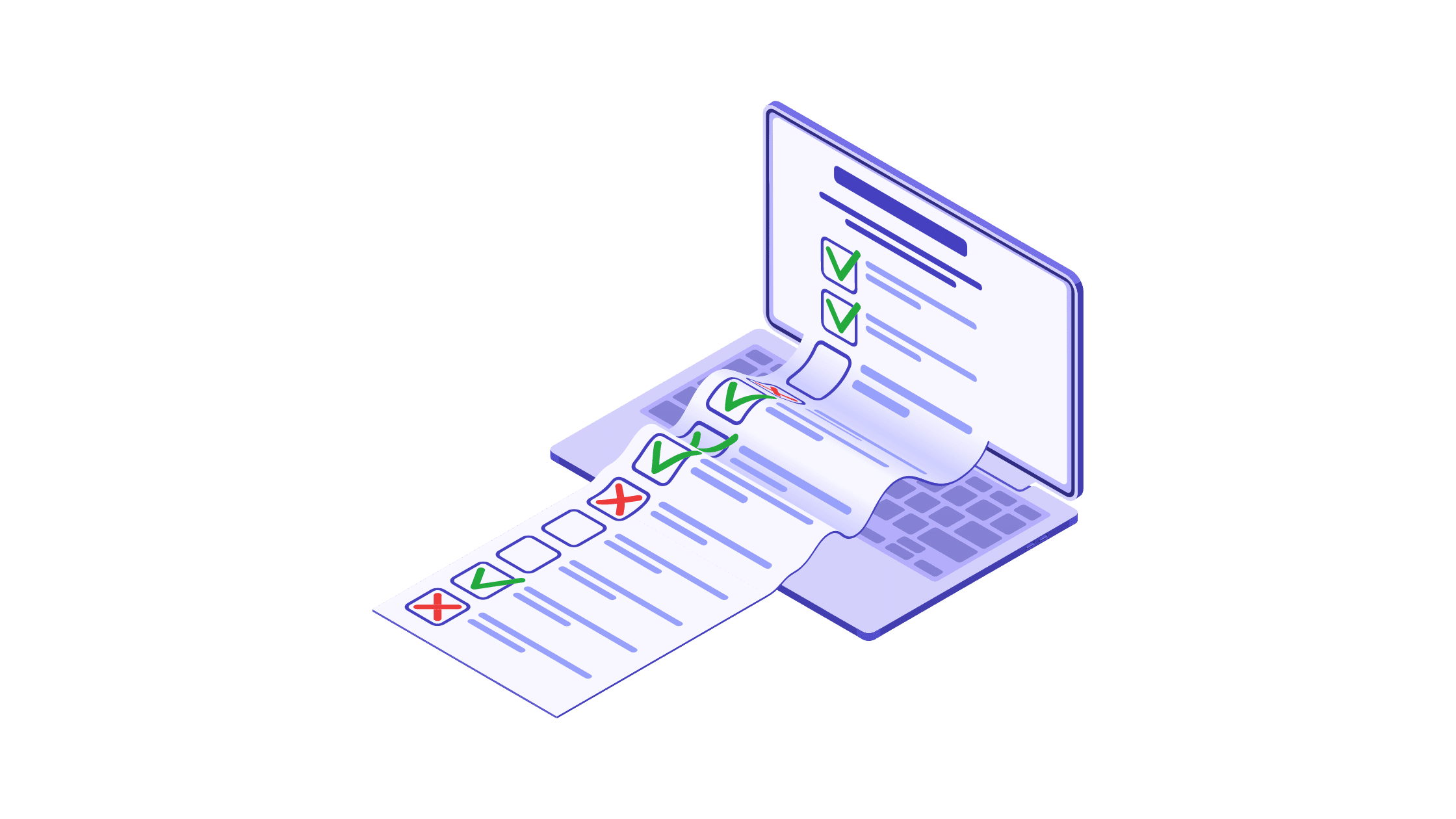
If you aren’t complying with one or more of AdSense’s rules, you won’t be able to join the program. AdSense won’t tolerate anyone who violates their policies – which are pretty standard for most other ad networks – even if they aren’t on the network yet.
9. No Illegal Content / Topics
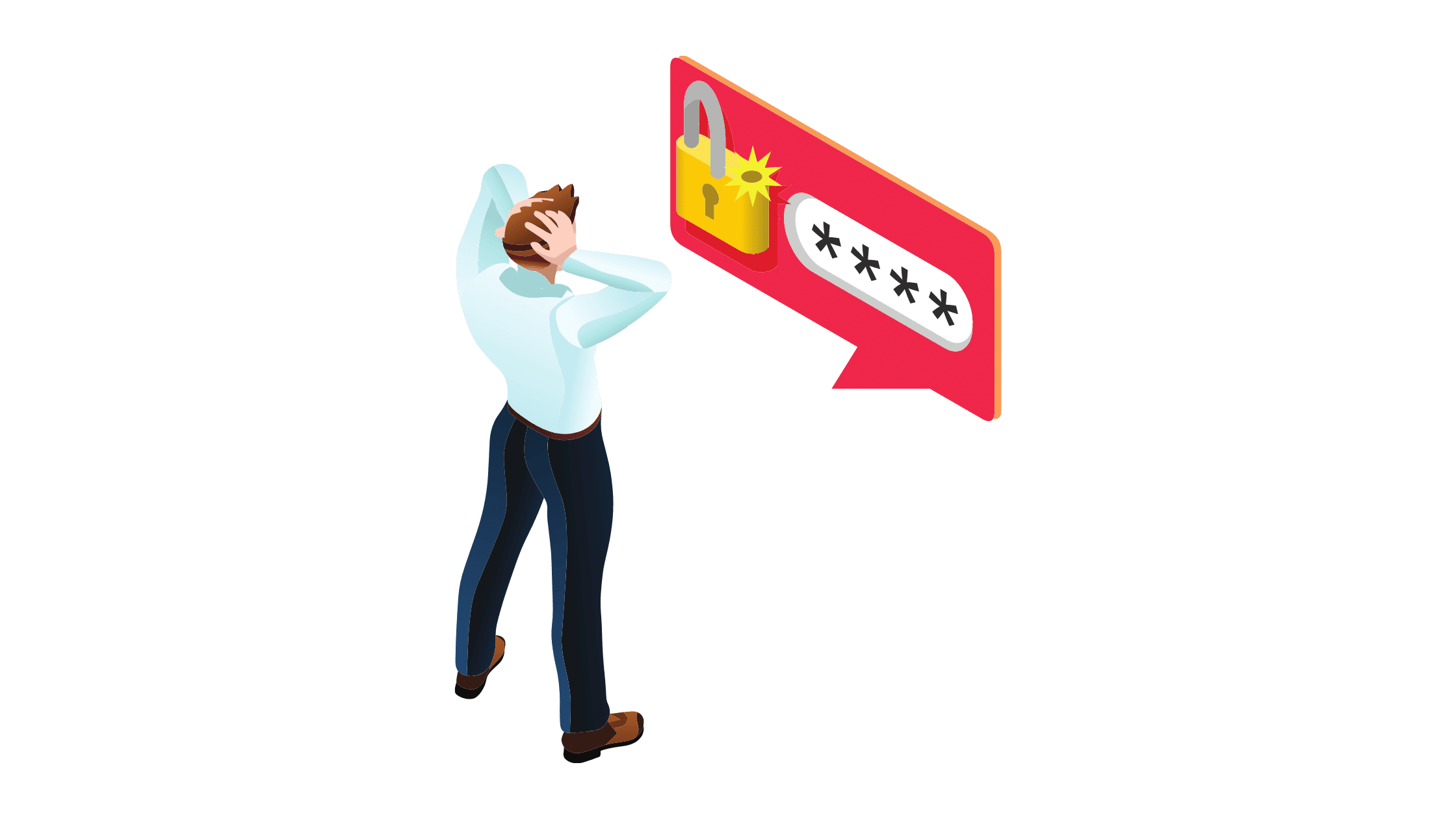
This is a big no-no for any reputable ad network. If you’re breaking the law in any way with your blog or website, your application will be shot down. In fact, Google may even flag you, and you’ll stop appearing in search results altogether.
Fix: Ensure you’re not breaking any international laws. Don’t forget to check if your website may be breaking laws in one country but not your own.
10. Asking Users to Click on Ads

Asking people to click on your ads is forbidden with AdSense. This is a big mistake that some new publishers make and, if caught, will have you kicked off the program. This ensures that everyone gets a fair marketing opportunity and that visitors aren’t being hounded to click on ads.
Fix: Easy – don’t do it, ever. Even suggesting someone click on an ad can get you into trouble.
11. Linking to Harmful or Inappropriate Sites

Backlinking is an important SEO element and provides your visitors with valuable resources. However, linking people to harmful, spammy, or inappropriate sites is considered misleading and bad for your application’s chances of success.
Fix: Audit the links in your content to ensure they’re all working, and don’t send people to dangerous or sketchy websites.
12. You’ve Already Been Banned by AdSense

If you’ve already applied, been rejected, and then banned from AdSense, it stands to reason that you’re probably not going to succeed with another application. While this doesn’t happen very often, if you happen to fall into this category, you can kiss your ads goodbye.
Fix: Start a new blog or website, and don’t get banned again.
General AdSense Issues

There are numerous other reasons why AdSense rejected your application, and some may even surprise you. If you still can’t figure out why the network won’t admit you, these more general reasons may help.
13. Site is Too Young

If your website or blog is still in its sandbox phase (where Google is still crawling and indexing everything) or is brand new, you’ll struggle to get into AdSense. The network wants to see what you have to offer before partnering with you.
Fix: Be patient. It won’t take long before you start ranking in SERPs, and you can then reapply to AdSense. Give things a couple of months first.
14. You’re Too Young (Under 18)

Like most things, people under the age of 18 will have to wait until they’re adults before making money with AdSense. While some social media platforms allow children and teens to monetize their profiles, AdSense is only willing to work with people over 18.
Fix: If you really want to monetize your blog or website, ask an adult parent or guardian to register on your behalf.
15. Your Site Has No Purpose, Focus, or Reason to Exist

In order for AdSense to post the ads most relevant to your readers, they need to know what your site’s purpose is. Is it to share information, teach, educate, sell things, or promote? If your website or blog has no discernible reason for being there, AdSense will likely reject your application.
Fix: Make sure your “about” page contains enough information to give AdSense an idea of what your site is there to do. Here’s how to write one.
AdSense Rejected Me. Now What?
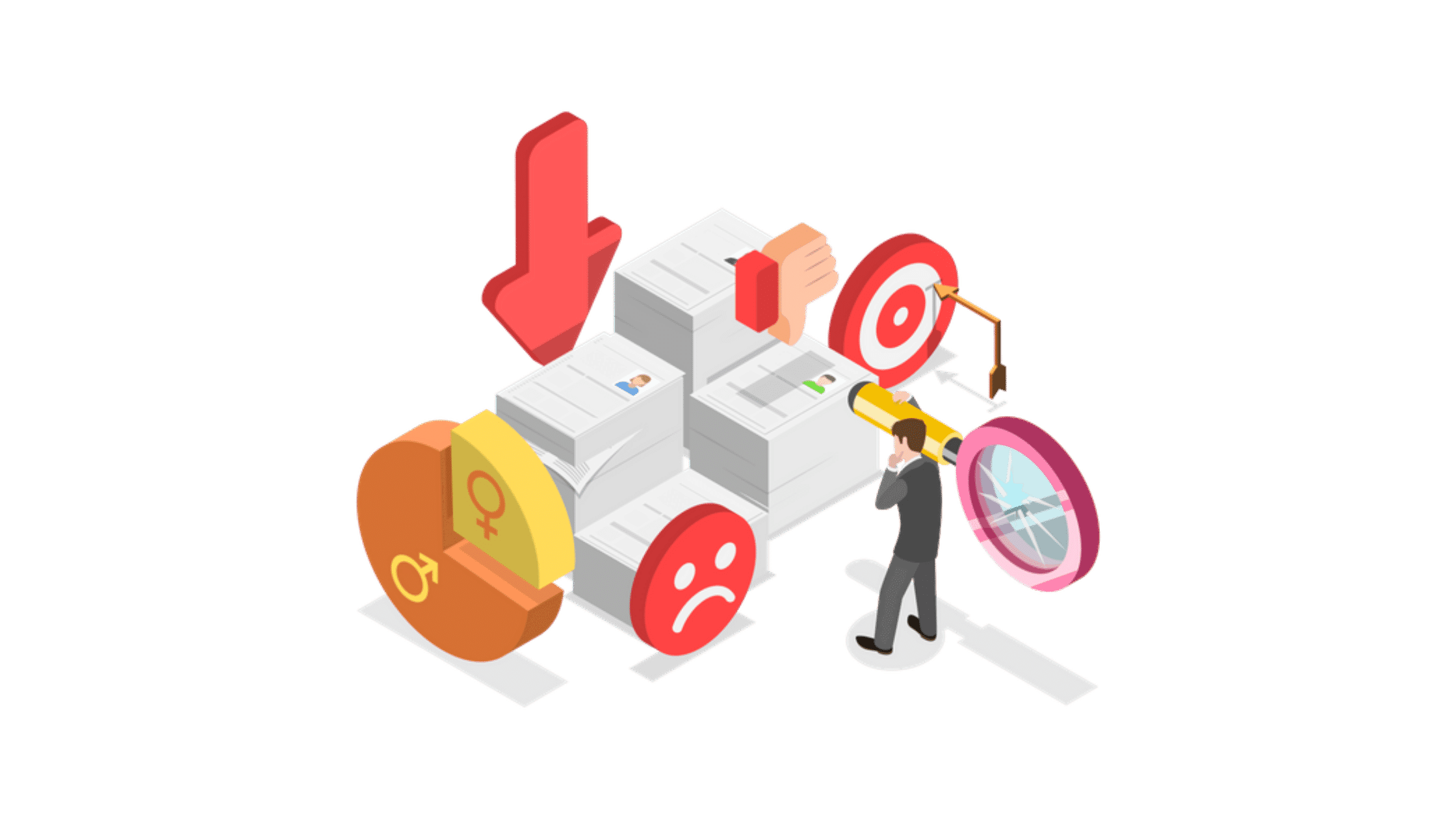
If your application has been rejected by AdSense, it’s not over. Chances are you were denied signing up because of minor reasons for AdSense rejection that can be fixed quickly and easily. Don’t panic, and get to work fixing things. You’re not the first person to be rejected by AdSense, and you won’t be the last.
You can always reapply to the program, and depending on why you were rejected, AdSense probably won’t hold the initial reason against you – so long as you’ve corrected it. Get to work identifying the reasons your application was rejected and fix them before applying again.
If all else fails, reach out to AdSense to find out what went wrong. They’ll likely be a big help. After all, the more advertisers and publishers they have on the network, the more money they (and you) end up making. Everybody wins!
AdSense vs. Other Display Ad Networks

If AdSense isn’t for you, after all, you can consider the long list of other popular ad networks out there. Some are easy to get into, like Popads, while other premier networks, like Mediavine and AdThrive, are difficult to get approval, but they pay amazing commissions once you’re in.
Take note, though, that your AdSense rejection may have an impact on applying to other ad networks. AdSense approval is also a requirement for many larger ad networks.
If at first you don’t succeed…
AdSense isn’t in the habit of rejecting high quality sites that follow its guidelines, so if you weren’t successful, there’s a good reason why. Think about what AdSense said in their rejection notification, pay attention to the obvious reasons for AdSense rejection, and work on correcting them. Sometimes you just need to be a little patient. While you wait, add new content, revise your website, and review what AdSense is looking for in its publishing partners.
We hope this guide on the most common reasons your AdSense application was rejected will help you to identify issues for the next time you apply to get accepted by AdSense. Remember, it’s not about getting rejected; it’s about how fast you can get back up (and earning from those ads).

